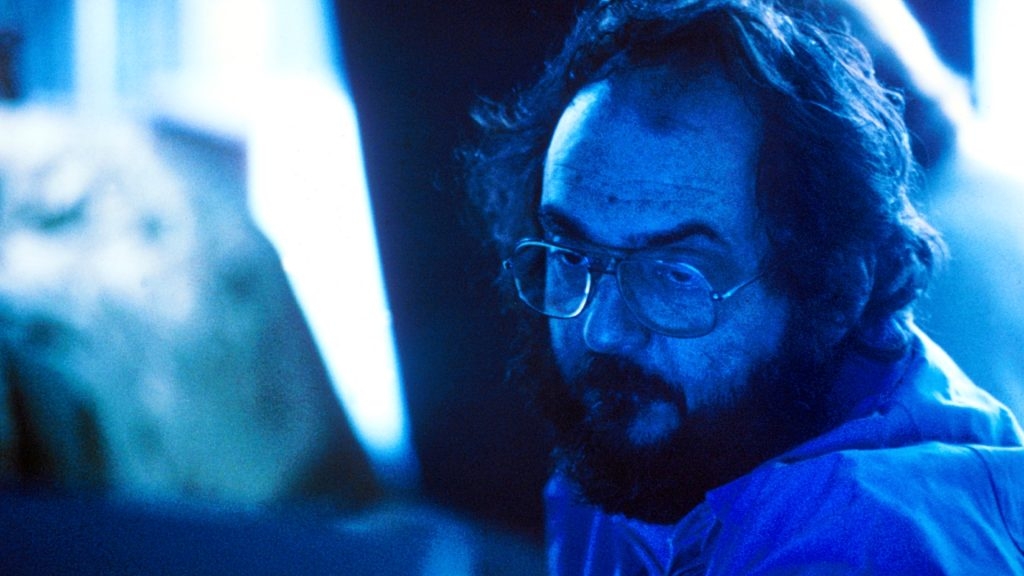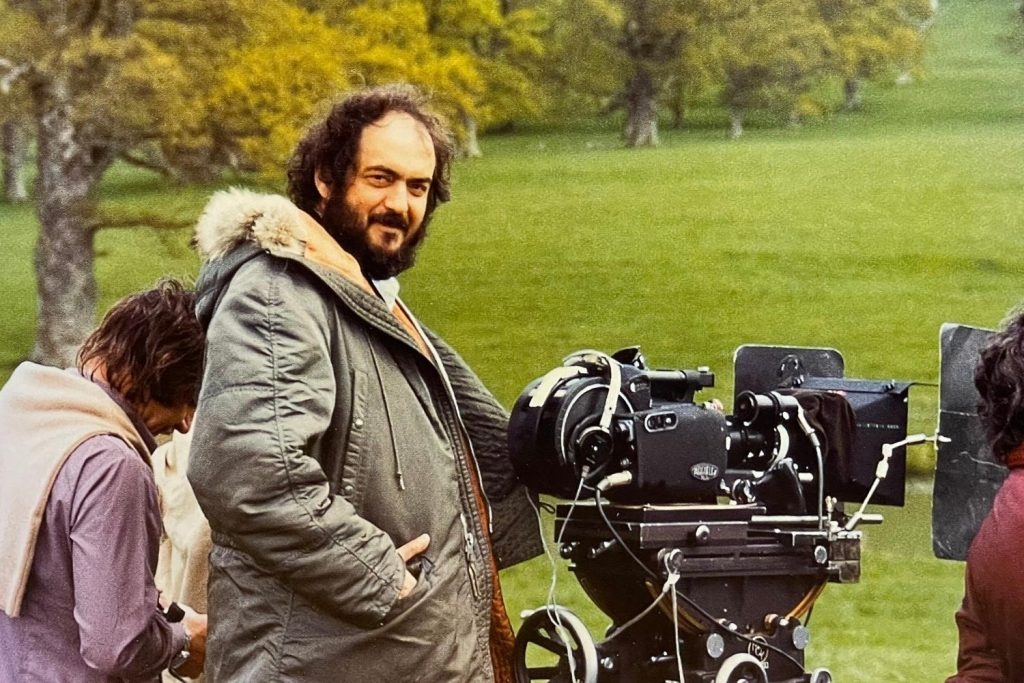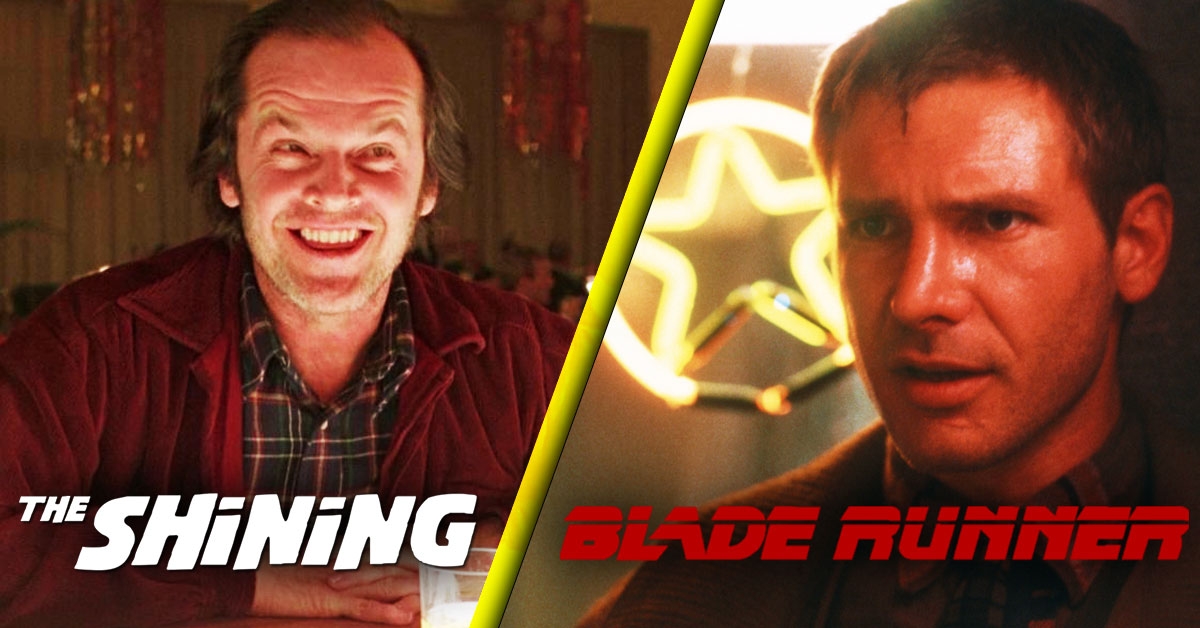70 Hours of Unused Footage From Stanley Kubrick’s The Shining Helped Make Harrison Ford’s Blade Runner a Timeless Classic
Ridley Scott and Stanley Kubrick both are exceptionally renowned in the Hollywood industry for creating some cinematic masterpieces. However, there are always some intriguing background stories of every blockbuster film that excite fans. One such fascinating tale lies behind Ridley Scott’s Blade Runner. Despite his success with many classic films, there’s a lesser-known story that connects Blade Runner to Stanley Kubrick’s iconic work, The Shining.

The spellbound fact is that the Gladiator director actually utilized Stanley Kubrick’s approximately 70 hours of footage from The Shining to give Blade Runner a unique conclusion. What’s even more astonishing is that both films shared colossal footage of the same majestic mountains, captured precisely at the same moment in time.
The Unlikely Collaboration of Ridley Scott and Stanley Kubrick in Blade Runner

In the glitzy world of Hollywood where artistic vision meets commercial success, the idea of two renowned directors sharing epic footage might seem improbable. Yet, in a remarkable turn of events, Ridley Scott, director of Blade Runner, and Stanley Kubrick, the mastermind behind The Shining, engaged in this unexpected collaboration. While it’s hardly noticeable any common factor between the two classic films: Blade Runner and The Shinning, both of the films actually used the same 70 hours of footage.
When Ridley Scott found himself searching for a satisfying conclusion for his dystopian masterpiece, he remembered his colleague and directorial maestro, Stanley Kubrick for help. Ultimately, Scott found out his film’s ending by using six weeks of helicopter footage in the mountains, initially directed by Kubrick in his film The Shining. Napoleon director Ridley Scott told Deadline,
“I called Stanley, I said, Hey, I know you’ve just done The Shining last year, and I know you hate flying. You must have six weeks of helicopter footage in those mountains. Can you let me borrow? So I’ve got 70 hours of footage the next day, and that footage went into the movie. That was Stanley, that was his material.”
What once served as the opening scenes for Kubrick’s film seamlessly transformed into the concluding moments of Blade Runner. The merging of Stanley Kubrick’s iconic shots with Ridley Scott’s visionary direction ultimately made Blade Runner a timeless classic movie.
Ridley Scott’s Reluctance Towards Kubrick’s Footage Integration in Blade Runner
The 1982s classic movie Blade Runner actually underwent some significant post-production changes. Despite completing the shooting of this iconic film, the visionary director behind it found himself in a unique set of challenges. The production house members of Blade Runner initially hated the conclusion.
Ridley Scott’s original version of Blade Runner concluded ambiguously, leaving the story hanging after Deckard and Rachel enter the elevator, a choice that didn’t sit well with the test audience. Ridley Scott said the Deadline,
“He walks out, you’re going to walk away with his love, and on the floor. And there’s this origami unicorn. He picks it up and nods. This is a confirmation that he may be a replicant. He goes into the elevator and boom, finished. They f*cking hated it.”
But after getting negative test audience reactions on this, Warner Bros. demanded a happy ending. However, Scott was not convinced of the conclusion for Blade Runner with a happy nod. Ultimately, the movie ended by using Stanley Kubrick’s The Shinning Footages, in which some aerial shots depicted the Torrance family driving to the Overlook Hotel. In the reimagined ending, Rick Deckard and Rachel run away from Los Angeles, and Rachel manages to stay alive even though she was supposed to expire.
Also Read: 2001: A Space Odyssey – Reasons Fans Find This Movie Too Confusing





